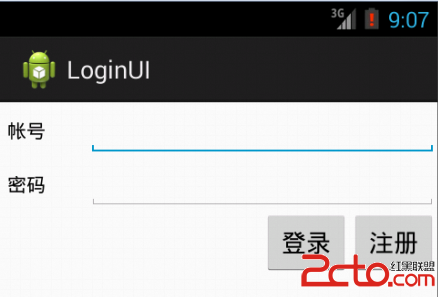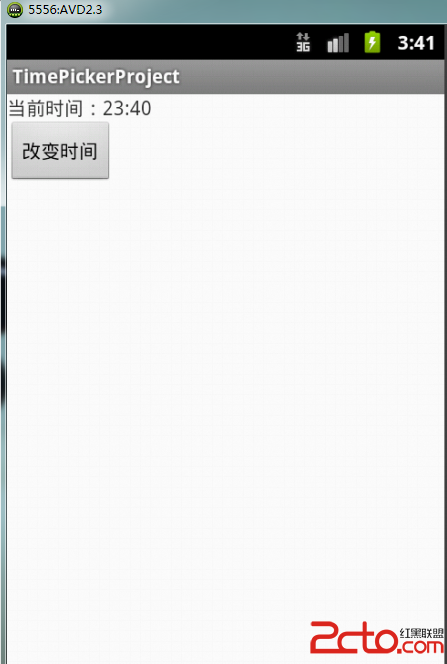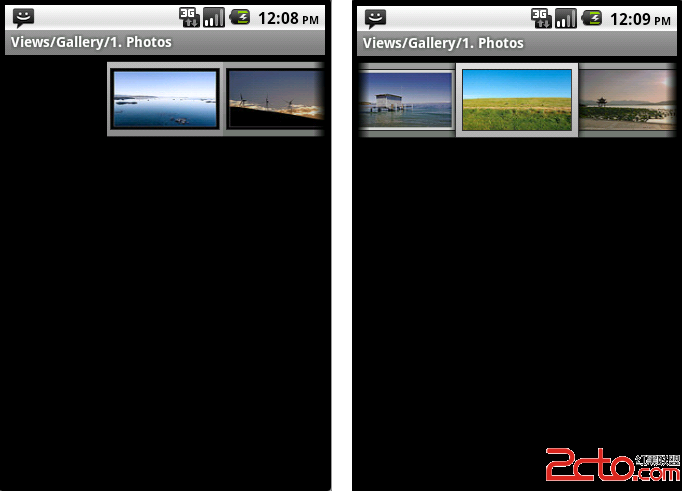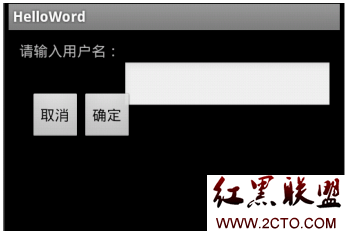Android 程式开发:(四)发送通知 —— 4.2 Notification通知
到目前为止,想必大家已经都熟悉使用Toast去给用户显示信息了。尽管使用Toast很方便,但是Toast显示的通知并不是永久存储的。它只在屏幕上显示一小段时间,然后就消失了。如果它包含一些特别重要的信息,如果用户没有观察屏幕,那么用户就很容易错过它。
对于那些重要的信息,应该采用一种更加持久保存的方法。在这种情况下,应该使用NotificationMnanger(消息管理器)去显示一个长久的信息,这个消息被显示在了StatusBar(状态栏)上面,使用用户能够很容易地看见。
接下来展示如何发送一个Notification通知。
1.创建一个名为Notifications的工程。

2.在包中新建一个名为NotificationView的类,同时在res/layout文件夹下面新建一个名为notification.xml 文件,它将作为NotificationView的视图。
3.notification.xml中的文件。
[html] view plaincopy
<?xml version="1.0" encoding="utf-8"?>
<LinearLayout xmlns:android="http://schemas.android.com/apk/res/android"
android:layout_width="fill_parent"
android:layout_height="fill_parent"
android:orientation="vertical" >
<TextView
android:layout_width="fill_parent"
android:layout_height="wrap_content"
android:text="Here are the details for the notification..." />
</LinearLayout>
4.NotificationView.java中的代码。
package net.learn2develop.Notifications;
import android.app.Activity;
import android.app.NotificationManager;
import android.os.Bundle;
public class NotificationView extends Activity {
@Override
public void onCreate(Bundle savedInstanceState) {
super.onCreate(savedInstanceState);
setContentView(R.layout.notification);
// ---look up the notification manager service---
NotificationManager nm = (NotificationManager) getSystemService(NOTIFICATION_SERVICE);
// ---cancel the notification that we started---
nm.cancel(getIntent().getExtras().getInt("notificationID"));
}
}
5.AndroidManifest.xml中的代码。
[html] view plaincopy
<?xml version="1.0" encoding="utf-8"?>
<manifest xmlns:android="http://schemas.android.com/apk/res/android"
package="net.learn2develop.Notifications"
android:versionCode="1"
android:versionName="1.0" >
<uses-sdk android:minSdkVersion="14" />
<uses-permission android:name="android.permission.VIBRATE"/>
<application
android:icon="@drawable/ic_launcher"
android:label="@string/app_name" >
<activity
android:label="@string/app_name"
android:name=".NotificationsActivity" >
<intent-filter >
<action android:name="android.intent.action.MAIN" />
<category android:name="android.intent.category.LAUNCHER" />
</intent-filter>
</activity>
<activity android:name=".NotificationView"
android:label="Details of notification">
<intent-filter>
<action android:name="android.intent.action.MAIN" />
<category android:name="android.intent.category.DEFAULT" />
</intent-filter>
</activity>
</application>
</manifest>
6.main.xml中的代码。
[html] view plaincopy
<?xml version="1.0" encoding="utf-8"?>
<LinearLayout xmlns:android="http://schemas.android.com/apk/res/android"
android:layout_width="fill_parent"
android:layout_height="fill_parent"
android:orientation="vertical" >
<Button
android:id="@+id/btn_displaynotif"
android:layout_width="fill_parent"
android:layout_height="wrap_content"
android:text="Display Notification"
android:onClick="onClick"/>
</LinearLayout>
7.最后,NotificationActivity.java中的代码。
package net.learn2develop.Notifications;
import android.app.Activity;
import android.app.Notification;
import android.app.NotificationManager;
import android.app.PendingIntent;
import android.content.Intent;
import android.os.Bundle;
import android.view.View;
public class NotificationsActivity extends Activity {
int notificationID = 1;
/** Called when the activity is first created. */
@Override
public void onCreate(Bundle savedInstanceState) {
super.onCreate(savedInstanceState);
setContentView(R.layout.main);
}
public void onClick(View
补充:移动开发 , Android ,




